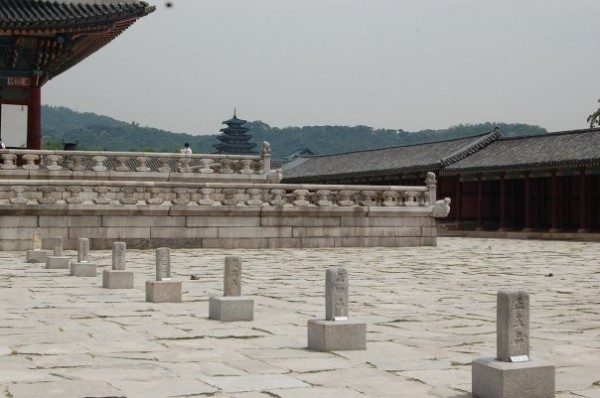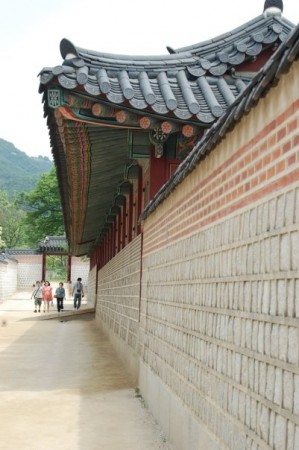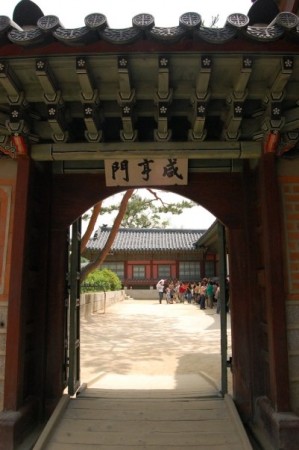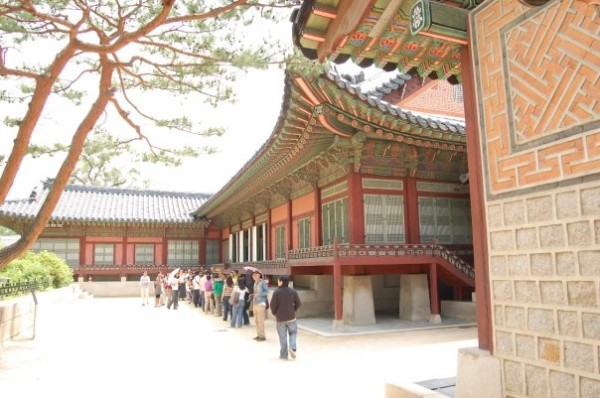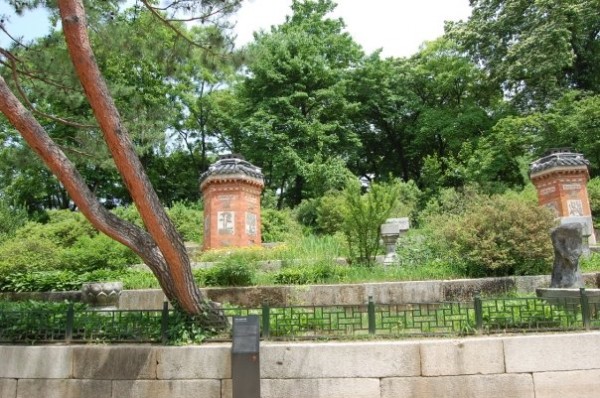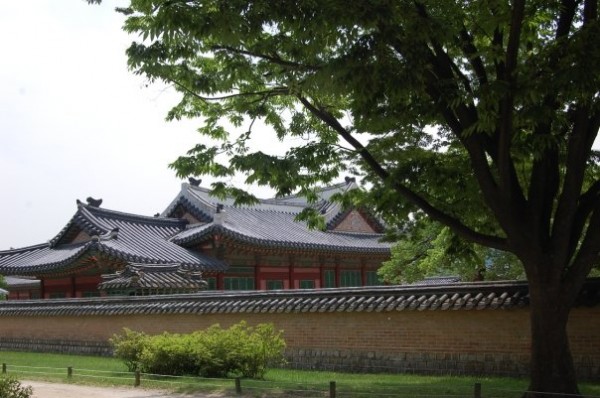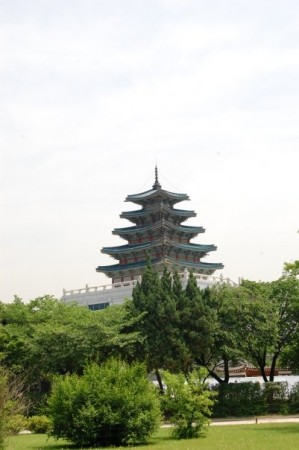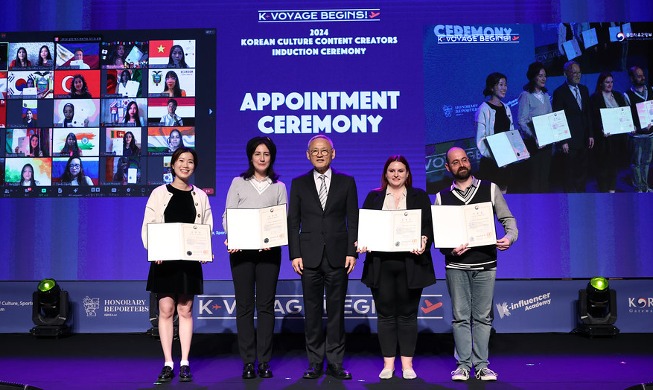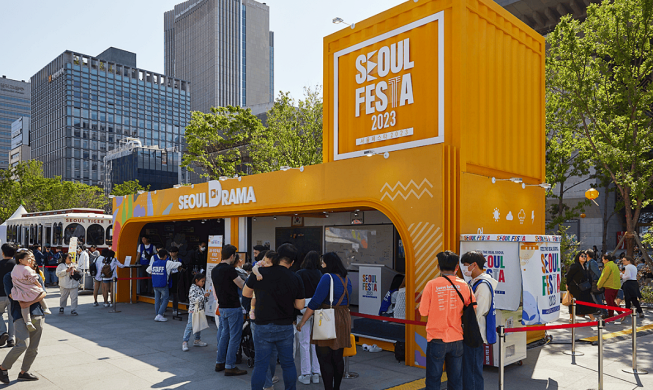-
 Korea.net's 24-hour YouTube channel
Korea.net's 24-hour YouTube channel- NEWS FOCUS
- ABOUT KOREA
- EVENTS
- RESOURCES
- GOVERNMENT
- ABOUT US

- 한국어
- English
- 日本語
- 中文
- العربية
- Español
- Français
- Deutsch
- Pусский
- Tiếng Việt
- Indonesian
I can't help but miss South Korea at the moment. Now that it's almost officially springtime there and the weather is just perfect, not too cold but not too hot either. Also, I am marking that it has been 6 years since my last visit.
One of my most favorite places in Korea would be the Gyeongbokgung Palace or Gyeongbok Palace (경복궁). I learned that "궁" or gung, means Palace in Korean. The Gyeongbokgung is a royal palace located in northern part of Seoul, the capital of South Korea.
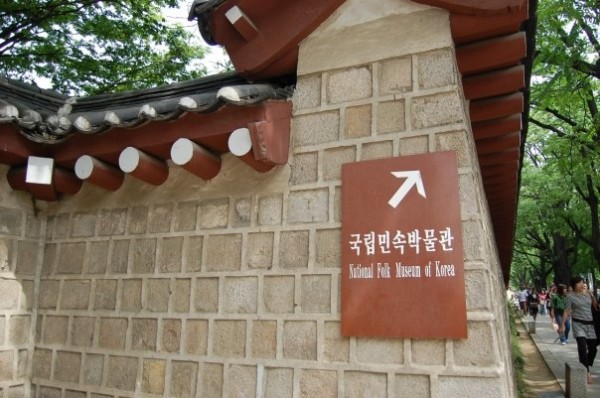
Entrance to Gyeongbokgung and the National Folk Museum of Korea © Tiosen Media Library
Gyeongbokgung was constructed originally in 1394 by King Taejo, the 1st king and founder of the Joseon Dynasty. The palace continued to expand under the reign of King Taejong and King Sejong the Great. Though the palace was razed by a fire in 1553, its restoration was under the helm of King Myeongjong. Sadly, through history, the palace was burned to the ground during the invasions of the Japanese in the year 1592-1598. It was however reconstructed in 1867 during the reign of Daewongun. But after the assassination of Empress Myeongseong in 1895, the Imperial Family never went back to the palace. During our stay in Korea, the palace was currently under renovation.
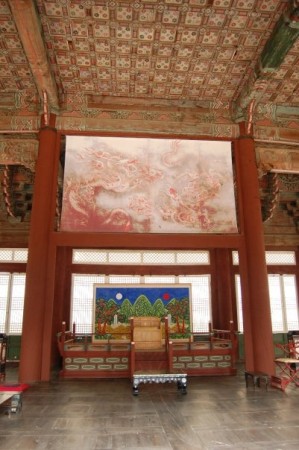
This is where Royalty receives visiting guests © Tiosen Media Library
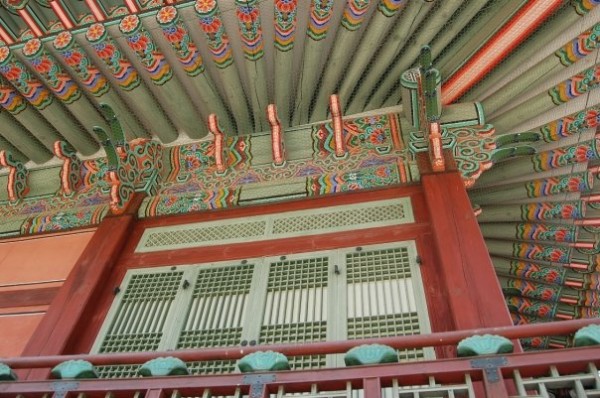
One of the pavilions inside the palace grounds © Tiosen Media Library
Our visit to the palace showed us the splendor and rich history Korea had to offer.
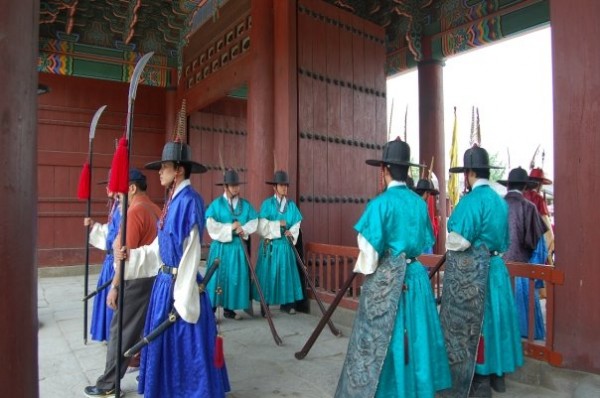
Changing of the guards demonstration © Tiosen Media Library
Interesting fact we were able to learn about Korean architecture, especially with the palaces, is that, if the eaves of the palace are colored, it means a female member of the Royal family is occupying that place, but if it's grey, it's either his Imperial Highness or a male member of the Royal family.
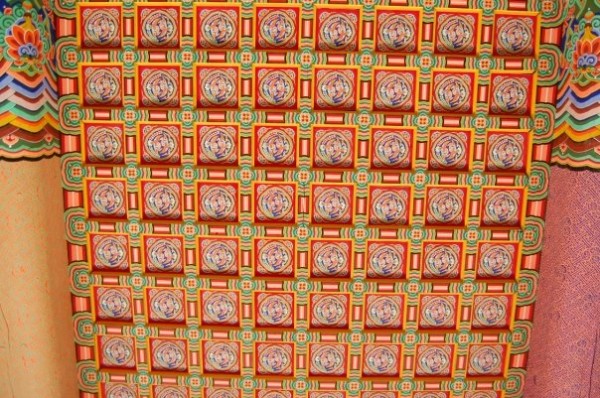
Colorful ceiling of the Imperial palace (under restoration during our visit) © Tiosen Media Library
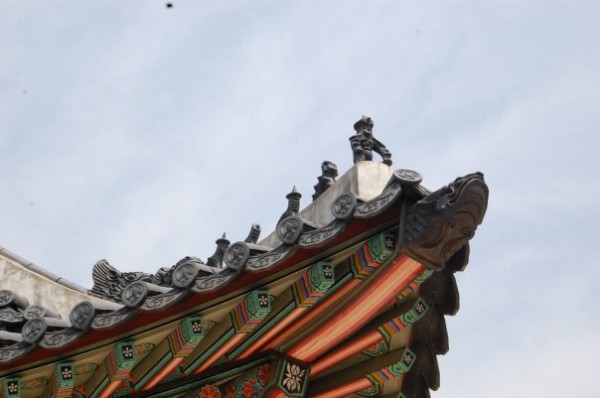
Colored eaves of the palace indicates that the one living in the building is a female member of the Royal Family. © Tiosen Media Library
The palace, isn't just a place for tourists to visit and learn about the vast culture and history of Korea. But it also a location for the backdrop of most of their Korean Dramas. Looks familiar? I believe the Rooftop Prince (옥탑방 왕세자), was shot here.
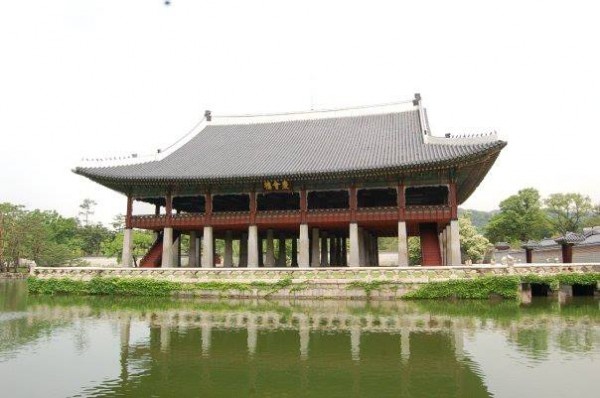
One of the pavilions where the Korean Drama Rooftop Prince was shot © Tiosen Media Library
p>I admire how they were able to reconstruct the living quarters of the members of the household of the royal family in intricate detail.
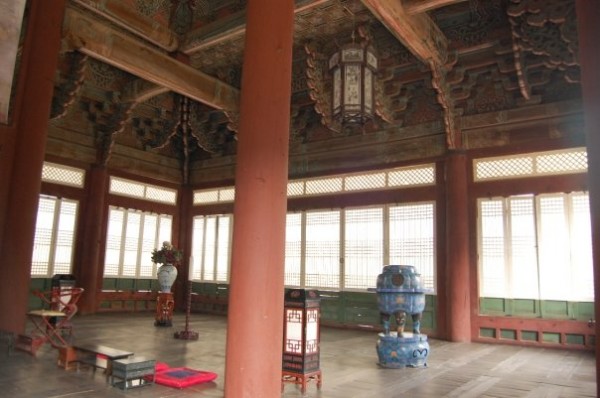
Restored interiors of the Palace. © Tiosen Media Libary
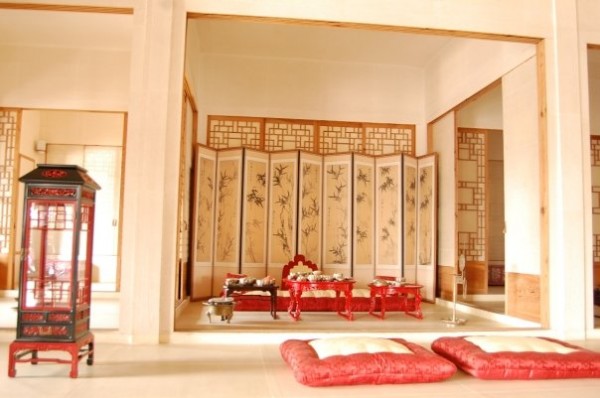
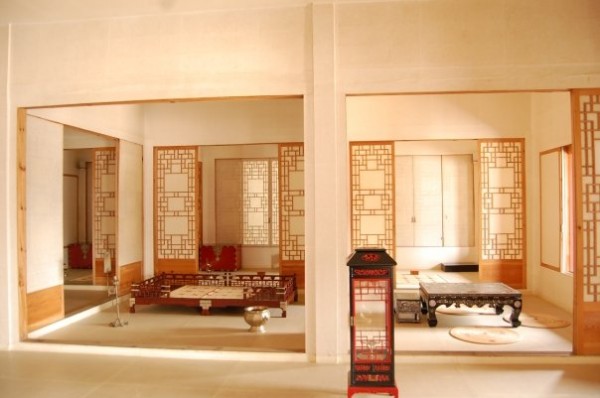
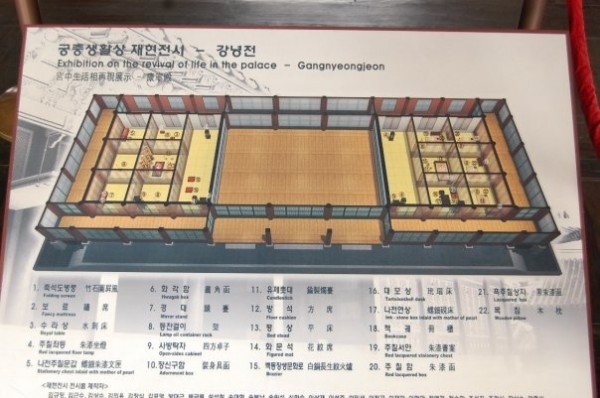
The palace has a lot of things to offer to both tourists and locals alike. From its rich history and vast culture, Korea never fails to leave this piece of memory behind to its visitors. I can't wait to go back to Korea next time. Especially now that I am learning their language and culture, I wouldn't have a hard time going around and re-visiting the place. I also can't wait to go back in time and get lost inside the palace walls. I hope to see the day though when the palace is restored to its former glory. The grandeur that is Gyeongbokgung.
By Feliz Gemmavyn Tiosen for the Korea Blog
